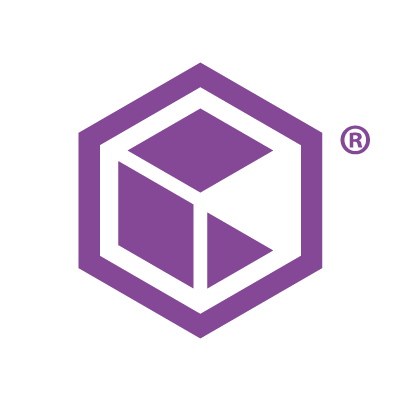
Commvault’s suite, designed to provide data backup, recovery, and management across various IT environments, serves a broad spectrum of industries globally. However, this recent discovery has placed organisations in a vulnerable position, particularly those without rigorous security measures to mitigate such risks. The vulnerabilities involve multiple attack vectors that could allow threat actors to take control of servers or even entire networks, depending on the configuration and implementation of the software.
One of the critical vulnerabilities resides in the way Commvault handles certain types of requests, leaving the software open to exploitation. If an attacker gains access to a vulnerable system, they can remotely inject malicious code. This could lead to a range of potential consequences, including system downtime, data exfiltration, or the deployment of ransomware, potentially wreaking havoc on an organisation's operations.
The four interconnected flaws identified by researchers can be exploited independently or in combination. If properly chained, they could give cybercriminals a comprehensive attack surface, allowing for deep network infiltration. This is particularly alarming because backup and data management solutions are typically trusted as secure, making them prime targets for attackers seeking to infiltrate an organisation’s core infrastructure.
Although patches are now available for some of the vulnerabilities, organisations that have not yet updated their systems remain exposed. The issue is compounded by the fact that many companies fail to prioritise updates for backup solutions, underestimating their attractiveness as entry points for cybercriminals. With businesses storing sensitive data, intellectual property, and other valuable assets on Commvault’s systems, attackers could capitalise on these gaps to launch wide-reaching and damaging attacks.
Given the increasing sophistication of cyberattacks, these vulnerabilities also raise broader concerns about the security of third-party software used to manage and protect critical infrastructure. The discovery is a reminder of the ever-evolving nature of cyber threats, and the need for companies to maintain continuous vigilance and comprehensive cybersecurity protocols.
The flaws in Commvault’s software highlight a growing trend within the cyberattack landscape where attackers target trusted enterprise systems. Unlike other forms of cyber intrusion that focus on specific vulnerabilities in operating systems or applications, these exploits are aimed directly at data management solutions, which are often perceived as the last line of defence. The ability to gain access to a system through trusted backup tools allows attackers to bypass traditional security barriers, posing a particularly insidious threat.
In response to the discovery, Commvault has urged users to apply patches and security updates as a means of protecting their systems. The company has worked quickly to address the issues, rolling out fixes that should mitigate the risks identified. However, security experts warn that the rapid pace of technological advancement means new vulnerabilities are likely to emerge, emphasising the importance of ongoing security monitoring and risk management.
The revelation of these vulnerabilities calls attention to the broader issue of supply chain security. As businesses increasingly rely on third-party software solutions for core operations, securing these systems becomes paramount. Many organisations assume that software vendors will handle all security concerns, but this breach serves as a stark reminder that businesses must take a proactive role in safeguarding their own infrastructure.
Topics
Technology
